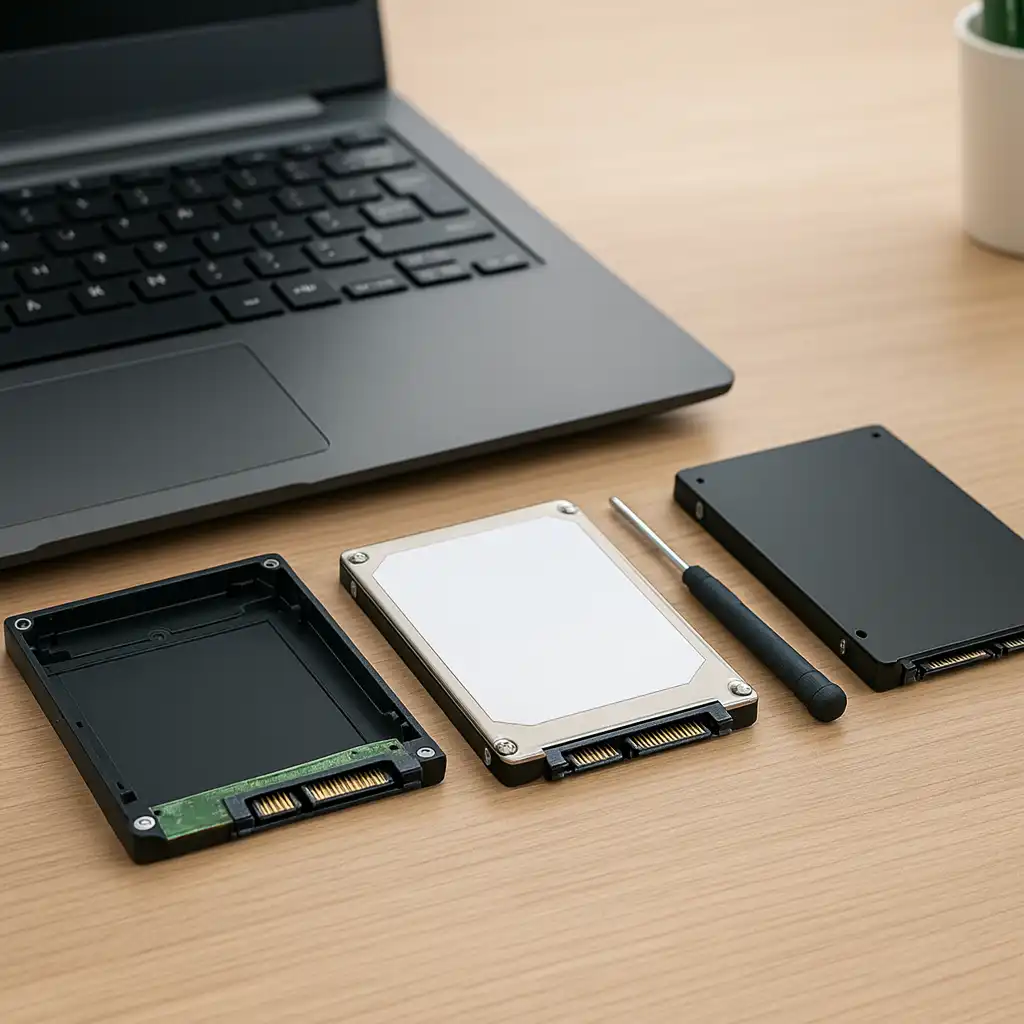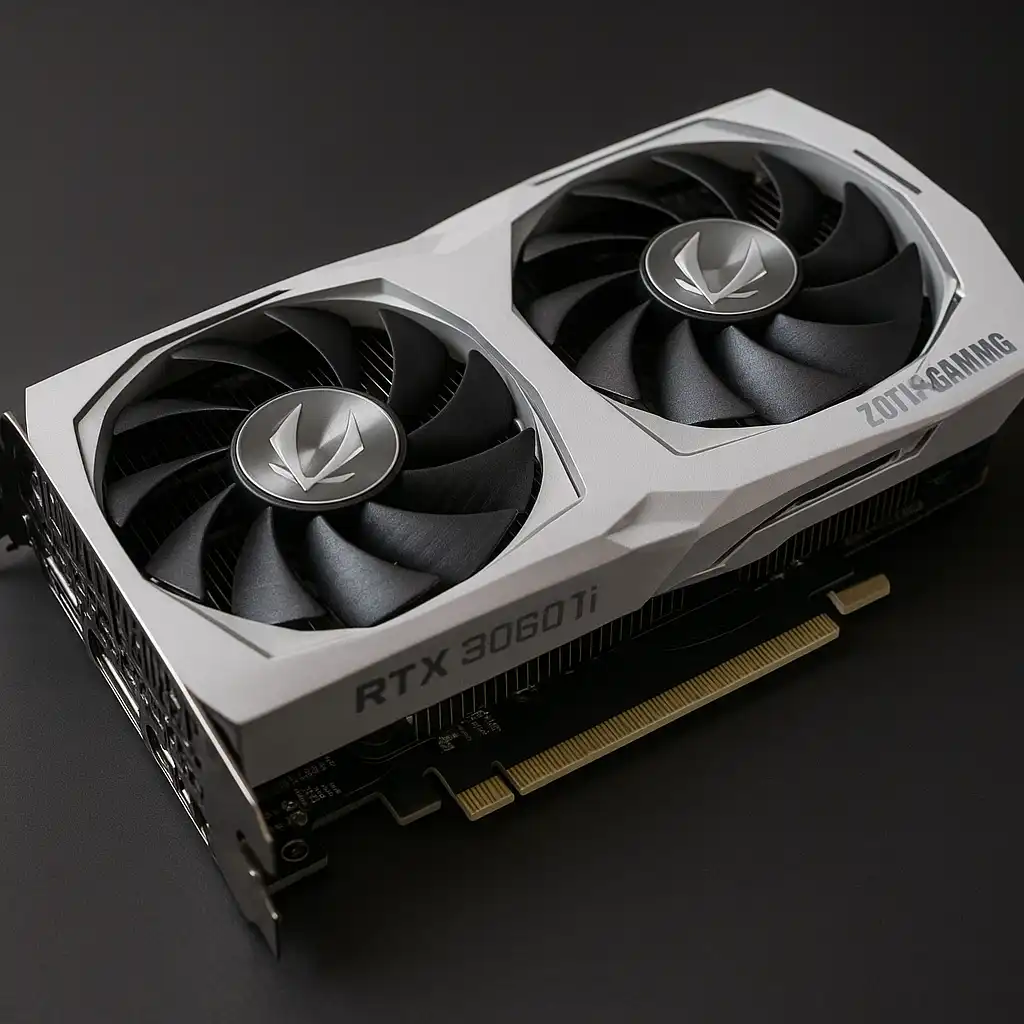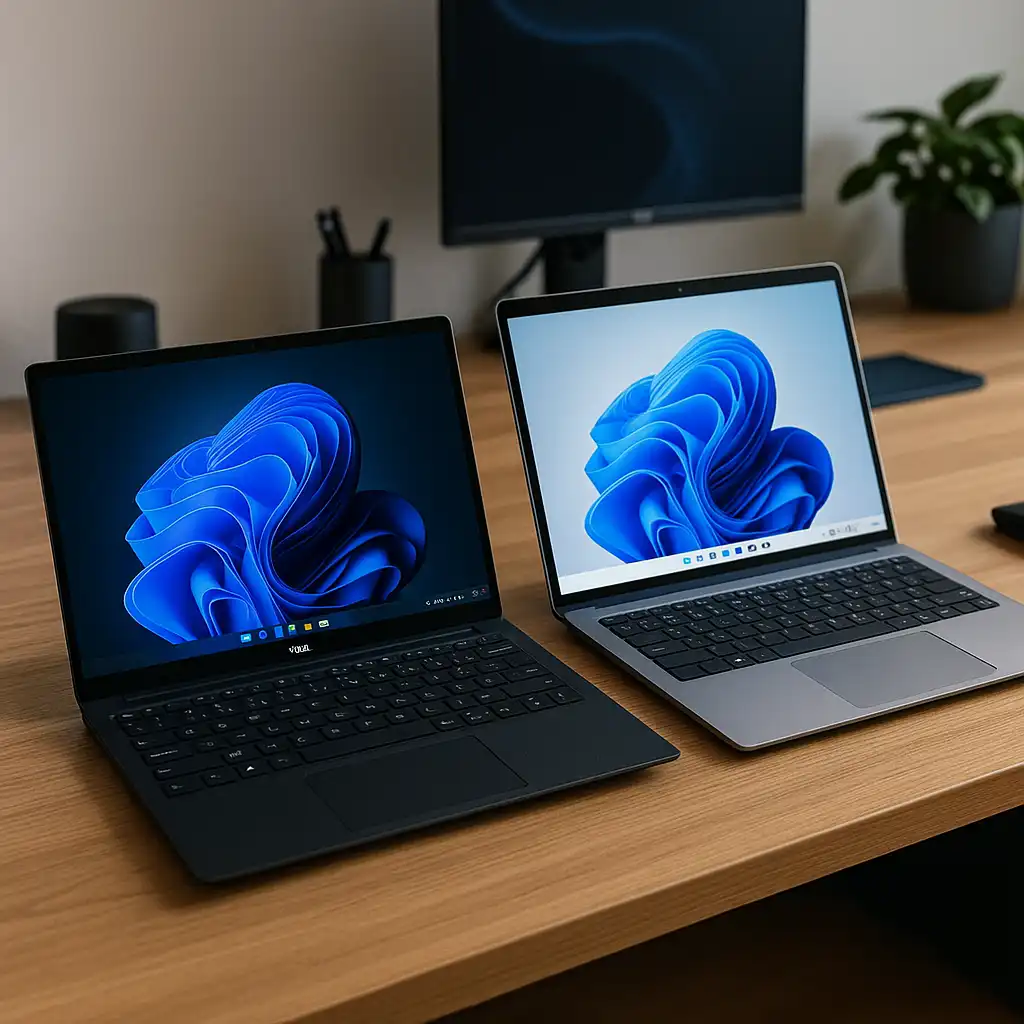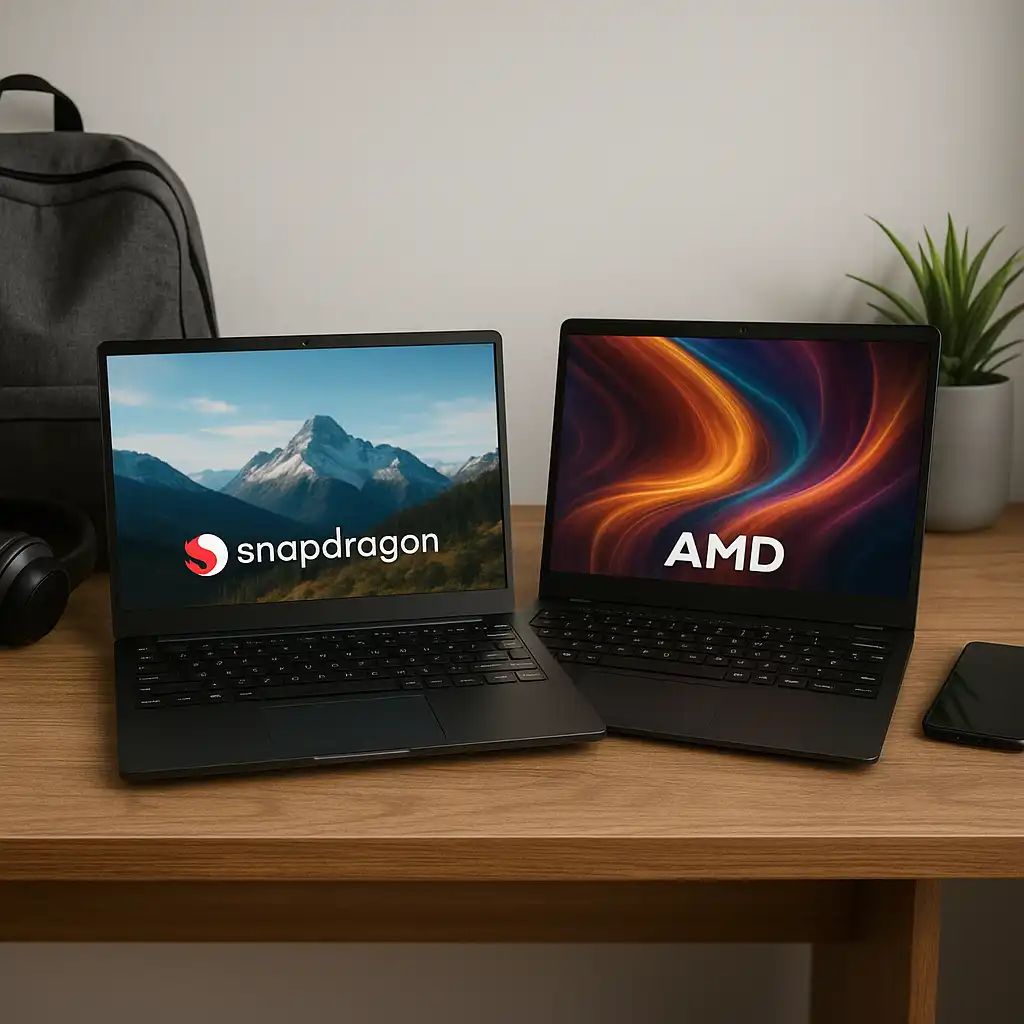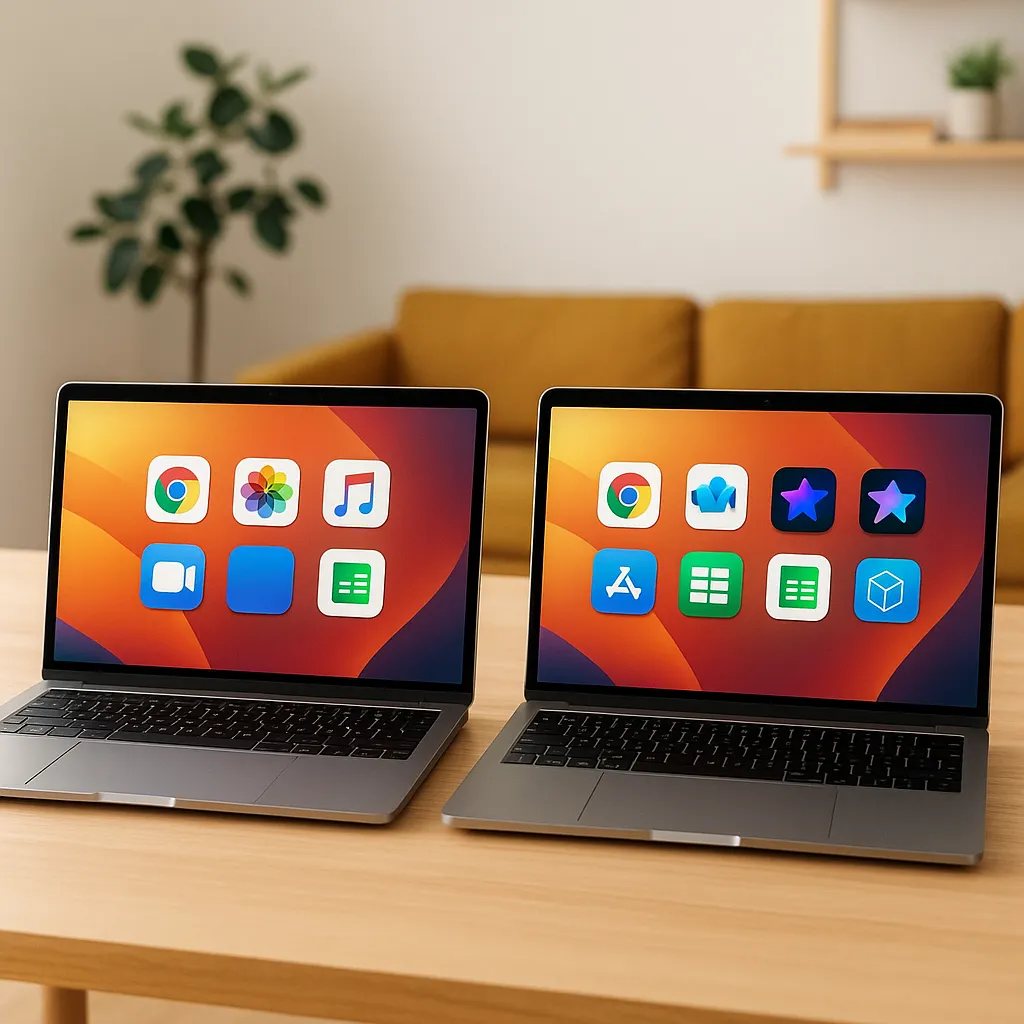How to Replace a Hard Drive With an SSD (Beginner-Friendly Upgrade Guide)
Disclosure: This post contains affiliate links. LaptopVoyager.com participates in the Amazon Associates Program and may earn commissions on qualifying purchases, at no extra cost to you.
Last Updated: November 2025
Replacing a slow hard drive with an SSD is one of the easiest upgrades you can make to speed up an older laptop. The difference is immediate—Windows loads quicker, apps respond faster, and the whole system feels smoother. Even if you’ve never opened a laptop before, this step-by-step guide keeps things simple.
👉 Need help choosing the right SSD before you begin? Take a look at our guide to fast, reliable SSD upgrades for laptops.
🔍 Why Replace Your Laptop’s Hard Drive With an SSD?
Hard drives slow down over time because they rely on spinning parts. SSDs use fast flash memory instead, which makes everyday use feel much more responsive. The upgrade also cuts down on noise and helps older laptops run cooler.
For many older laptops, this single upgrade brings the biggest improvement in everyday performance.
👉 Not sure what type of storage your laptop is using right now? You can confirm it in seconds with our guide on how to check if your laptop has an SSD or HDD.
🔍 Step 1: Back Up or Clone Your Old Hard Drive
Before removing anything, make sure your files are safe.
Cloning creates a complete copy of your current setup—Windows, files, and apps—so the SSD boots exactly the same, just faster. A simple backup also works if you prefer starting fresh with a clean installation of Windows. Cloning is faster, while a clean install gives you a tidy system.
🔍 Step 2: Identify Your Laptop’s Storage Compatibility
Most laptops support one or both of these:
- 2.5-inch SATA SSD
- M.2 SSD (SATA or NVMe)
If your laptop currently has a 2.5-inch hard drive, you’ll almost always replace it with a 2.5-inch SATA SSD.
👉 Want a clearer look at how these storage types differ? Check out our comparison of SSD vs HDD differences.
🔍 Step 3: Power Off the Laptop and Remove the Bottom Cover
- Shut the laptop down
- Unplug the charger
- Remove the battery if it’s detachable
- Take out all bottom-panel screws
- Lift the cover carefully—use a plastic pry tool if needed
Touch a metal surface before handling components to release static buildup.
🔍 Step 4: Locate and Remove the Hard Drive
Inside the laptop, look for the 2.5-inch rectangular hard drive.
- Remove the mounting bracket screws
- Slide the drive out of the SATA connector
- Remove any rubber rails or trays that are attached
Set these pieces aside—you’ll reuse them with your new SSD.
🔍 Step 5: Install the New SSD
- Place the SSD into the same bracket or tray
- Slide it gently into the SATA connector
- Tighten the screws
- Make sure everything fits securely
Since SSDs are direct replacements for HDDs, this step is usually quick and straightforward.
🔍 Step 6: Reassemble and Boot Up
- Reattach the bottom panel
- Tighten all the screws
- Insert the battery if you removed it
- Power on the laptop
A cloned SSD should boot straight into Windows with noticeably faster performance.
🔍 Step 7: Install Windows on the SSD (If Needed)
If you didn’t clone your drive:
- Create a Windows installer USB
- Insert it into the laptop
- Press F2, F12, or ESC during startup
- Select the USB drive
- Install Windows onto the SSD
Installation is usually fast since SSDs read and write much quicker than HDDs.
📌 Key Takeaways
- Replacing an HDD with an SSD is the most effective upgrade for older laptops
- Cloning saves time and keeps your system exactly as it was
- SSDs are faster, quieter, and more reliable
- The whole process usually takes under 20 minutes
- All you need is a screwdriver and a careful approach
🟢 FAQs
Q: Do SSDs last longer than HDDs?
Yes. SSDs have no moving parts, so they handle everyday wear better.
Q: Will any SSD work in my laptop?
Not necessarily—check whether your laptop uses 2.5-inch SATA or M.2 storage.
Q: Do I need extra parts like a caddy?
Some laptops require one, but many already include a bracket.
Q: Can I keep the old hard drive for storage?
Yes, as long as your laptop has both a 2.5-inch bay and an M.2 slot.
✅ Conclusion
Swapping a hard drive for an SSD is a simple upgrade that delivers a major boost in speed and responsiveness. Whether you clone your system or install a fresh copy of Windows, your laptop will feel faster, quieter, and much more enjoyable to use.

